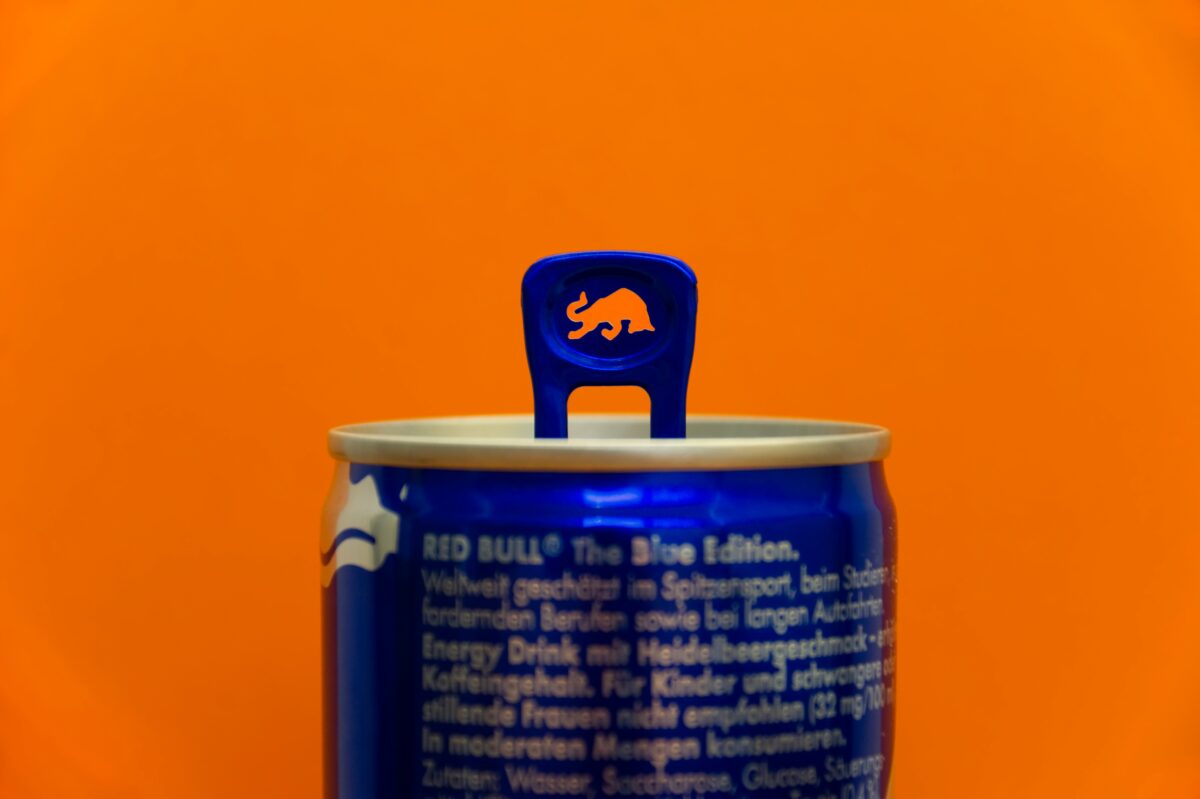There are three things every company needs to do in order to grow: build a strong and compelling brand, get in front of as many customers and potential customers as possible and make it easy to buy when the time comes.
It’s simple to understand – but it’s not so easy to execute.
Let’s look at how to achieve the first of these three criteria: build a strong and compelling brand that enhances your business strategy and adds true value to the company. This goes far beyond a logo, tagline and colour palette; your brand is the embodiment of your values, personality and promise to your customers.
Developing a compelling brand requires a deep understanding of your customers and the competitive landscape as well as creativity paired with the courage to step out of the box. Strong, compelling brands don’t blend safely into the environment; it’s all about raising your head above the parapet, standing out and capturing attention.
Below, we’ll dive into the key elements involved in creating a compelling brand, how to discover how your brand is perceived and interpreted by customers and competitors and the necessity of maintaining consistency across all touch points to start building familiarity and trust with our customers.
Elements of a compelling brand
When we develop a new brand or seek to revitalise an established brand, we’re intentionally deciding and clarifying what we want the company to be, what it stands for and what it stands against.
Purpose, mission and values
This is why the company exists (beyond simply making a profit), the unique value it delivers to customers and a set of core values that will guide its actions. Customers are drawn to brands that share their own beliefs and worldviews; these elements need to come to life throughout every interaction and piece of communication, so it’s essential that it’s simple, clear and truly authentic.
Visual identity
This is the creative expression of the company to the marketplace and what people normally think of when they think of branding. This is where we start to talk about the logo, colour palette, typography, image style and movement patterns.
Brand voice and personality
This is where we start to make decisions about the tone of voice, the language the company uses and the style of communication. It all comes together to create a brand personality and can help establish an emotional connection with the audience.
Product or service experience
The quality of the products or the customer experience of the service directly impacts how customers perceive the brand. When done well, we can build positive associations and emotions around the brand, encouraging word-of-mouth recommendations and fostering loyalty. If the product or service doesn’t live up to expectations, the brand will decline.
Adaptability and innovation
The world is moving so quickly and brands that stand still will become irrelevant. We need to constantly look at changing market dynamics or customer expectations and ensure our brand evolves to meet the moment. The core of the brand should remain untouched, but the creative expression, the product set, the strategic focus and the audiences all need constant adaptation in order for the company to succeed.
How the brand is perceived
The famous quote by Jeff Bezos is that ‘your brand is what other people say about you when you’re not in the room’ – and it’s true.
While the business has control over the primary elements that shape their brand identity, success is determined by how those signals are received and interpreted by the marketplace.
Understanding your customer
If we go back to the purpose of the brand, we should find a customer problem that the company exists to solve. Sustainable growth and success can be found in how well the company’s offering is aligned with the needs of the market.
This is product-market fit, but we can also think about it as brand-market fit: the brand resonates deeply with the customer, solves their problems and meets their expectations in ways that other competitors can’t.
Mark Ritson’s first rule of marketing is that we are not our customers. We must start from a position of humility and be willing to go directly to the customers for the real story. Through qualitative interviews and quantitative surveys, we can start to find the answer around topics like:
- Their perception of the overall category and the brands they’re aware off
- The motivations that drive them and frustrations they have
- What the strengths, weaknesses and attributes are of each brand that has stuck in their minds
- For those that are loyal to our brand, what do they love about it? Why do they keep coming back?
- What their decision journey / buying journey look like
We can also look at online reviews, word-of-mouth referrals and social media sentiment to learn how people talk about our brand when we’re not present.
Through this research, we’ll start to get a clearer picture about how our brand is perceived, what our reputation is and what emotional resonance we have with our customers.
Understanding your competitive landscape
In a crowded marketplace, you have two options – compete with other brands offering the same thing you do or seek out the white space where you’re the only one offering your unique product or service. Alex M H Smith uses the term clustering to talk about this idea.
Brands that operate in the same space cluster together – competing on features, price, place, marketing tactics – until it’s impossible to tell the difference between them. Companies that want to be ‘better’ than the alternatives are playing a losing game.
The answer lies in declustering – in actively moving away from what everyone else is doing to deliver something different to customers. Strong, compelling brands won’t chase better. They want to be the only ones doing it.
Study the marketplace, identify the underserved and unmet needs within the customer base and tailor your products and services accordingly.
Bringing the two together
Once you have a sense of how you’re perceived in the marketplace, you have a couple of options.
- If you want to change perceptions, look inside the business to ensure you’re aligned as a brand and that the products and services are truly living up to your ideal. Then, create a tailored communication programme that will tell the story you want along with the attributes and brand pillars that are important to you. You’ll need to ensure you have broad reach and that all customer touchpoints are consistent.
- You can follow where customers lead you; customers may use your products or services in ways you couldn’t imagine – and some of them may make a lot of sense. If you’re receptive to that response and able to let go of your brand’s original intentions, you can make the most of new opportunities.
Showing up consistently
A brand is built over a long period of time, and the importance of consistency can’t be overstated.
Consistency builds a sense of familiarity and recognition, making it easier for people to recall your brand in a buying situation and increasing familiarity bias (the concept that we prefer things, ideas, people and companies that we are familiar with). Familiarity and recognition are precursors to trust.
With the number of channels and customer touch points increasing both online and offline and branding, tone of voice or messaging becoming inconsistent, customers are often left confused – and confused customers won’t stick around to puzzle it out. Consistency will guard against confusion and prevent customers from finding an alternative.
Disruptive consistency
I took Mark Ritson’s Mini MBA in Brand Management last year and my favourite concept he discussed was the idea of disruptive consistency. Across the seven to eight truly great brands he’s worked with, this is what he pointed out as the common feature.
“Brands are seeking two simultaneous motions”, he said. “The brand strategy and positioning serves as the compass we orient ourselves around every time we need to take an action. It’s the code by which we operate; it’s our DNA – it’s where we deliver on consistency.”
But then we look for the opportunities where being true to your brand will break a category convention or an assumed belief. It will position you against your competitive set and plant you firmly in the non-competitive white space we talked about earlier.
This is when you need to be bold and take risks. If you’ve laid the groundwork correctly, then your brand won’t be like anyone else’s. You simply need to show up authentically and consistently in a way that marks you as different and as the only brand that can fulfil a specific customer promise.
It’s simple, but it’s not easy. But nothing worth doing is easy, especially when it comes to building a brand that will last.
If you’re ready to reinvigorate your brand, we’d love to talk. Get in touch today.







